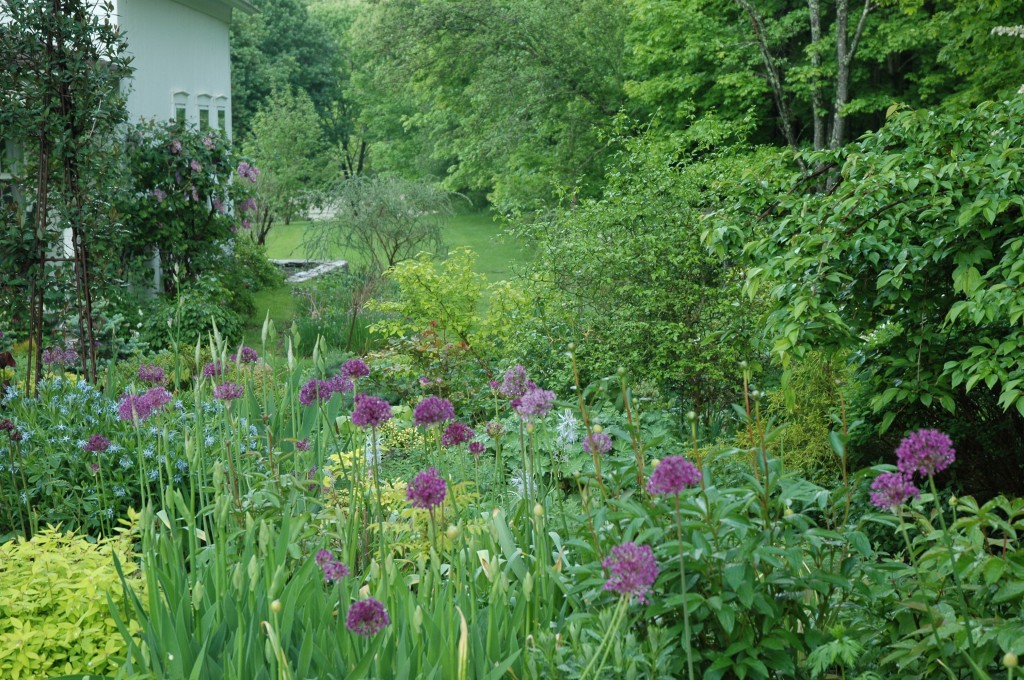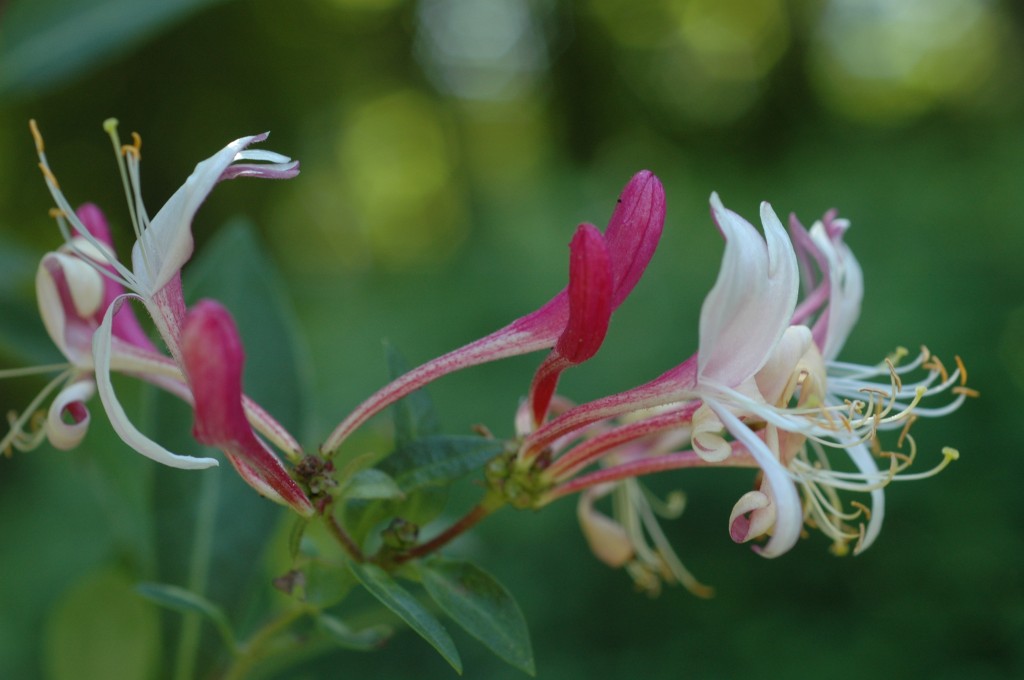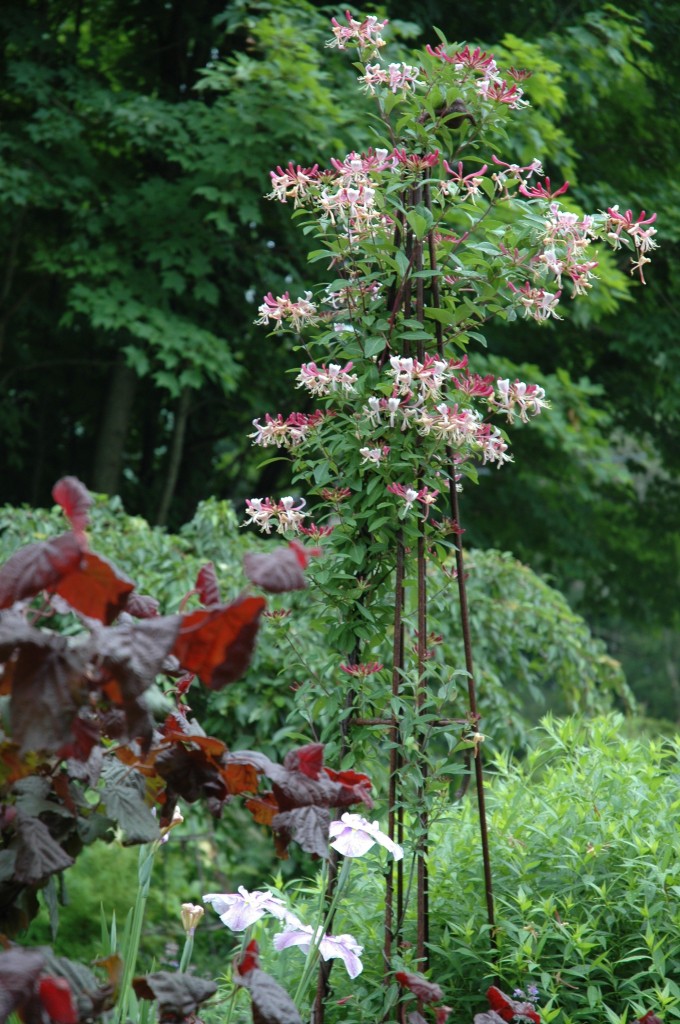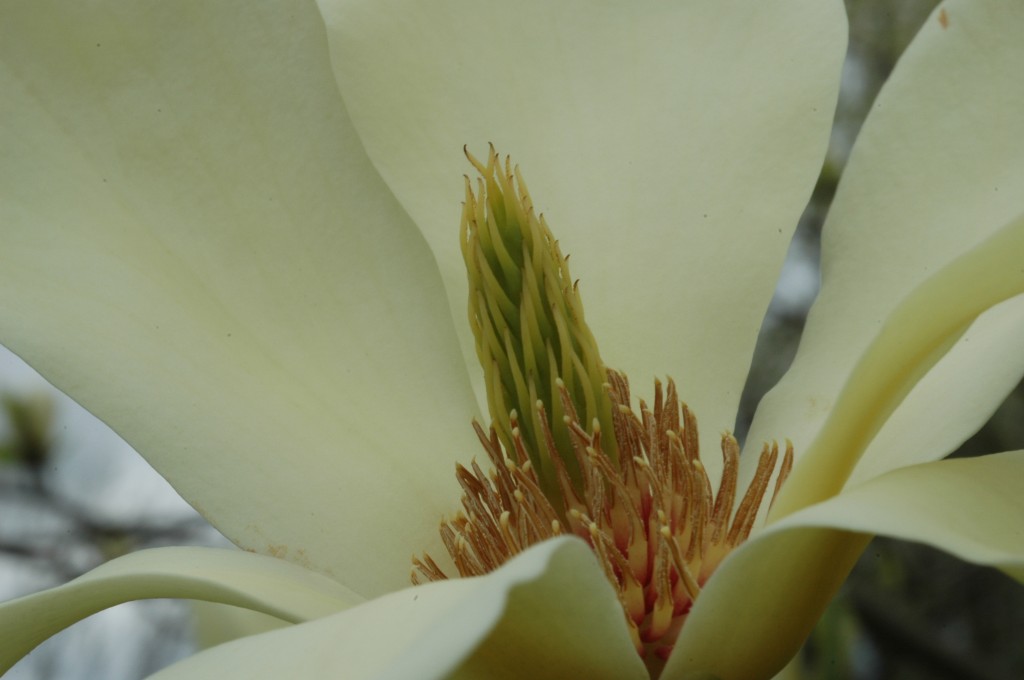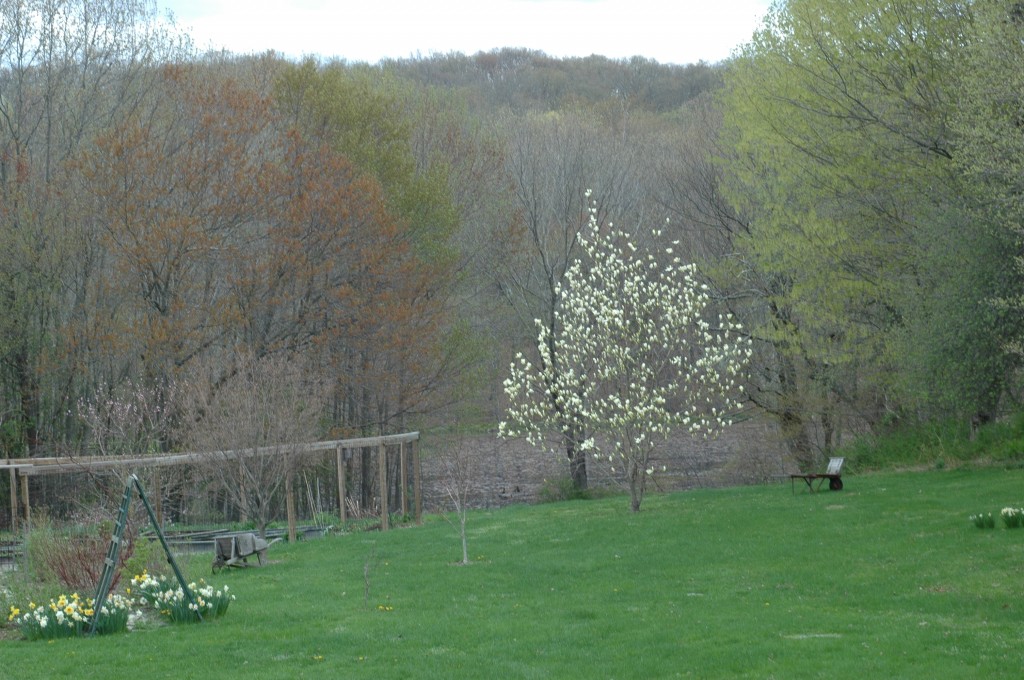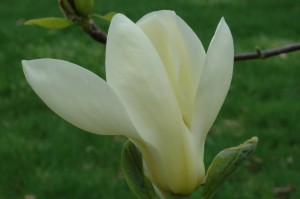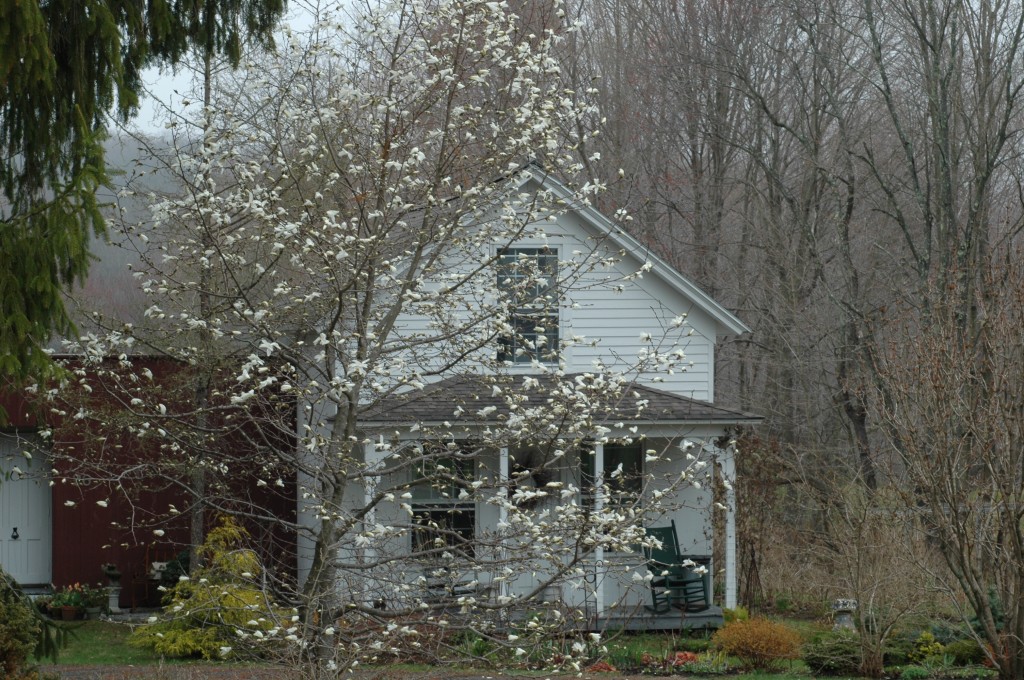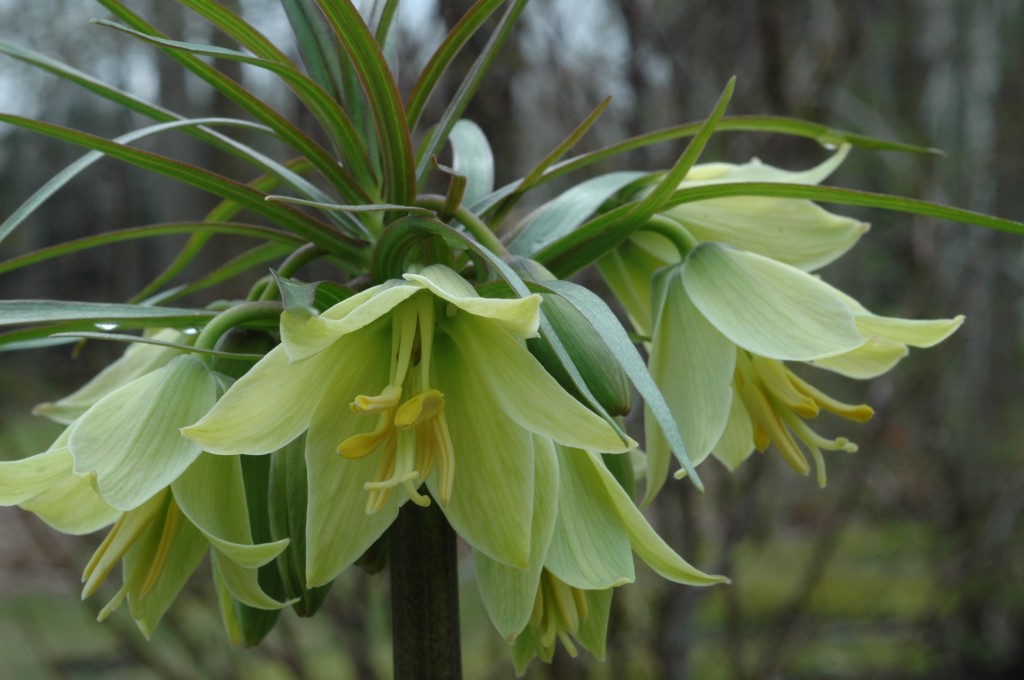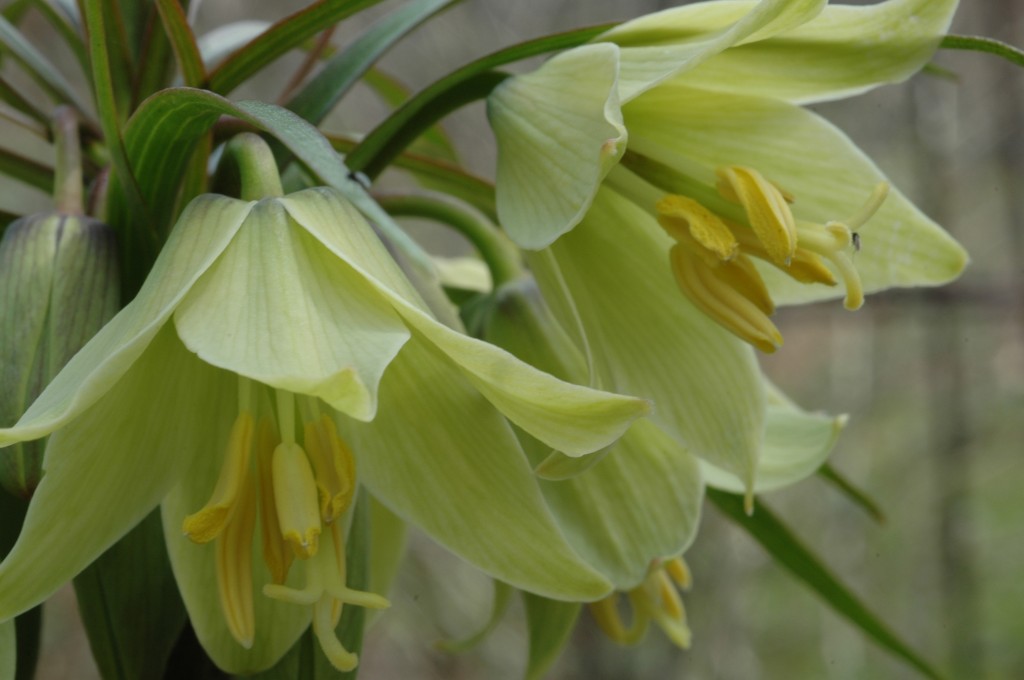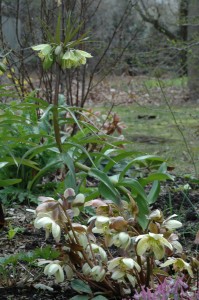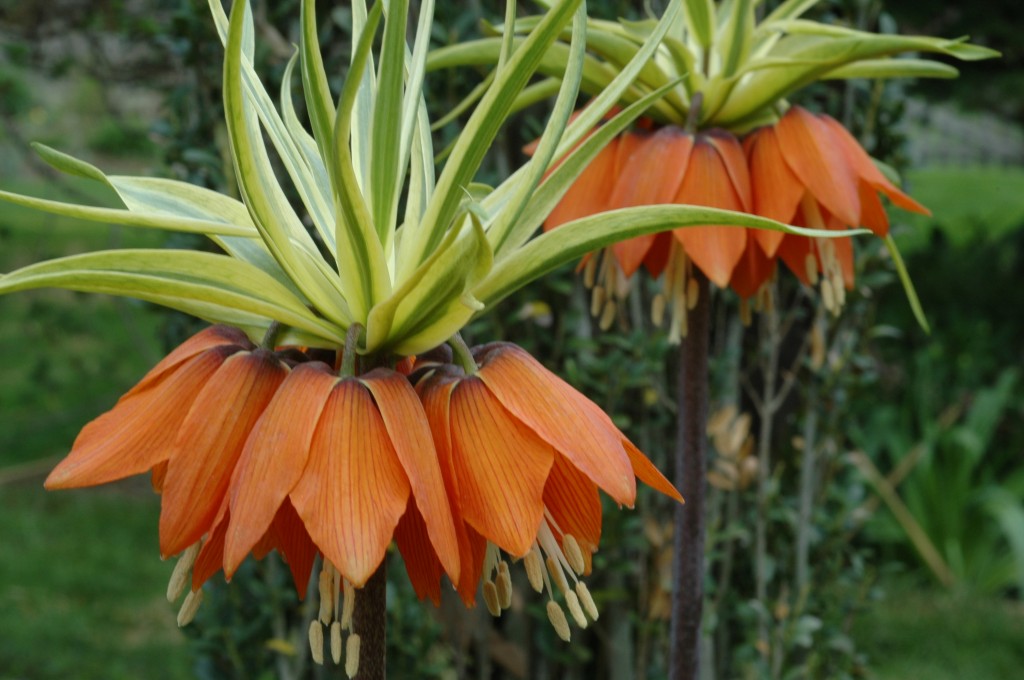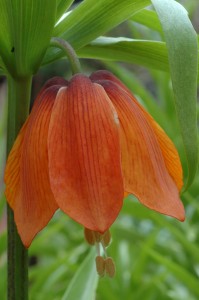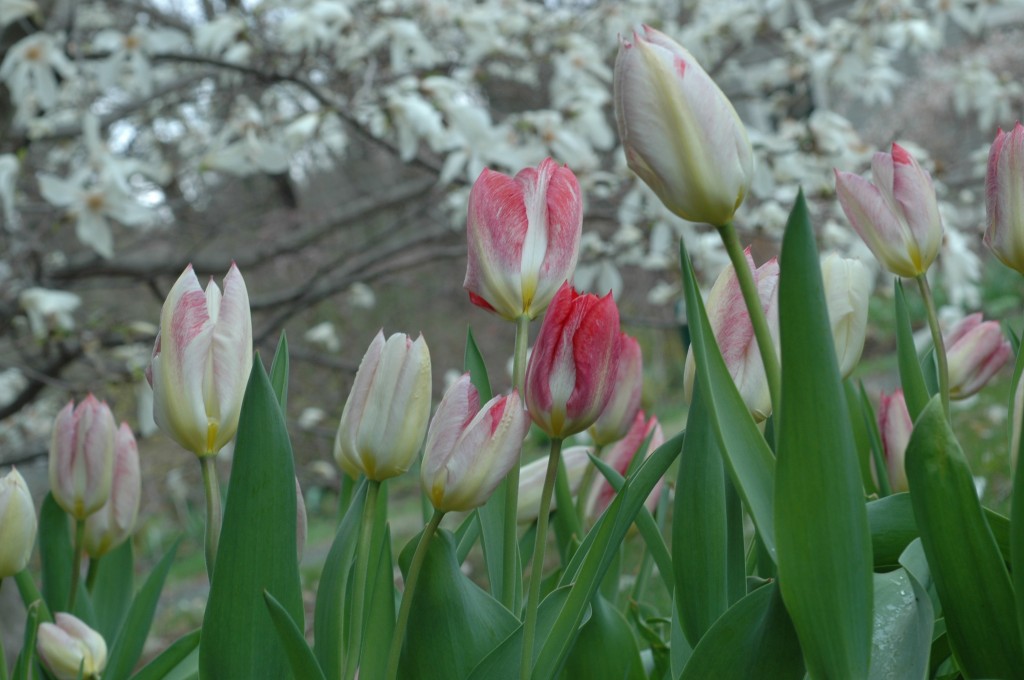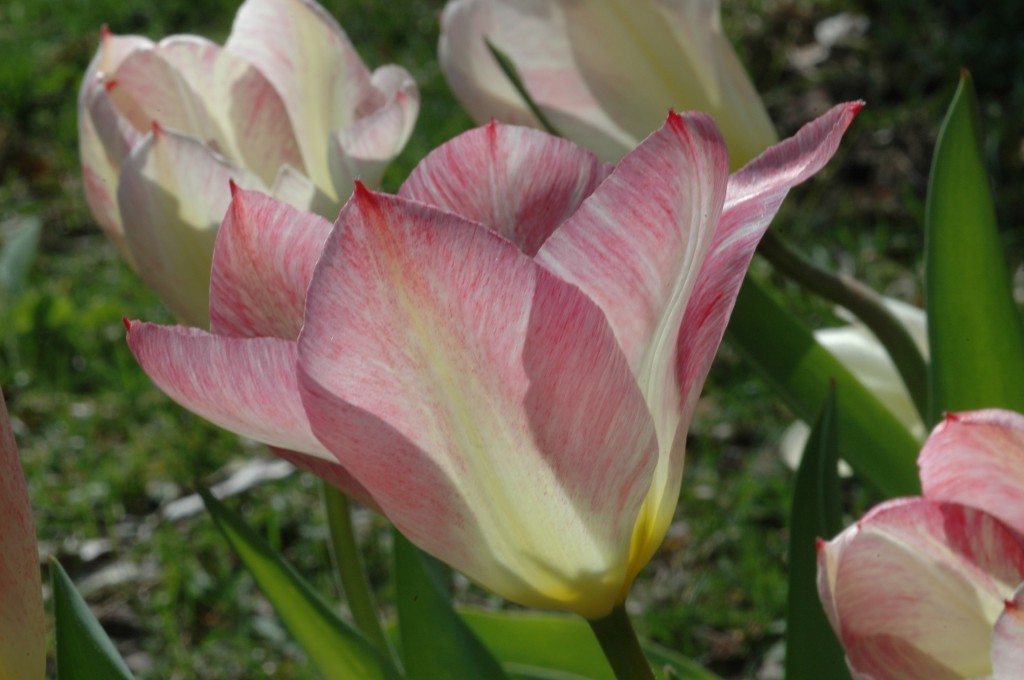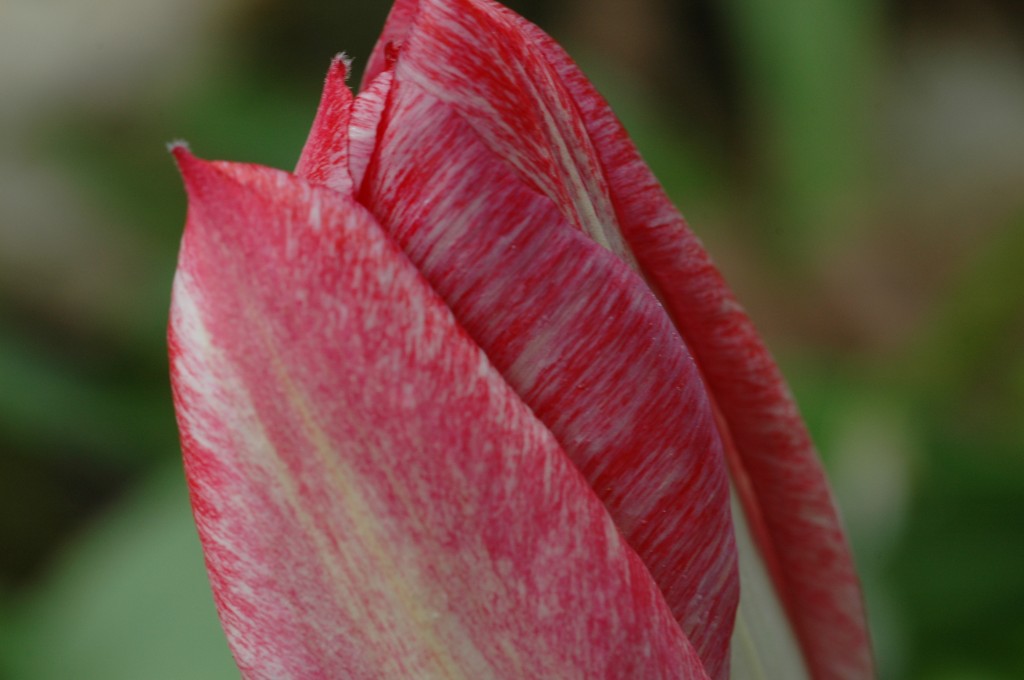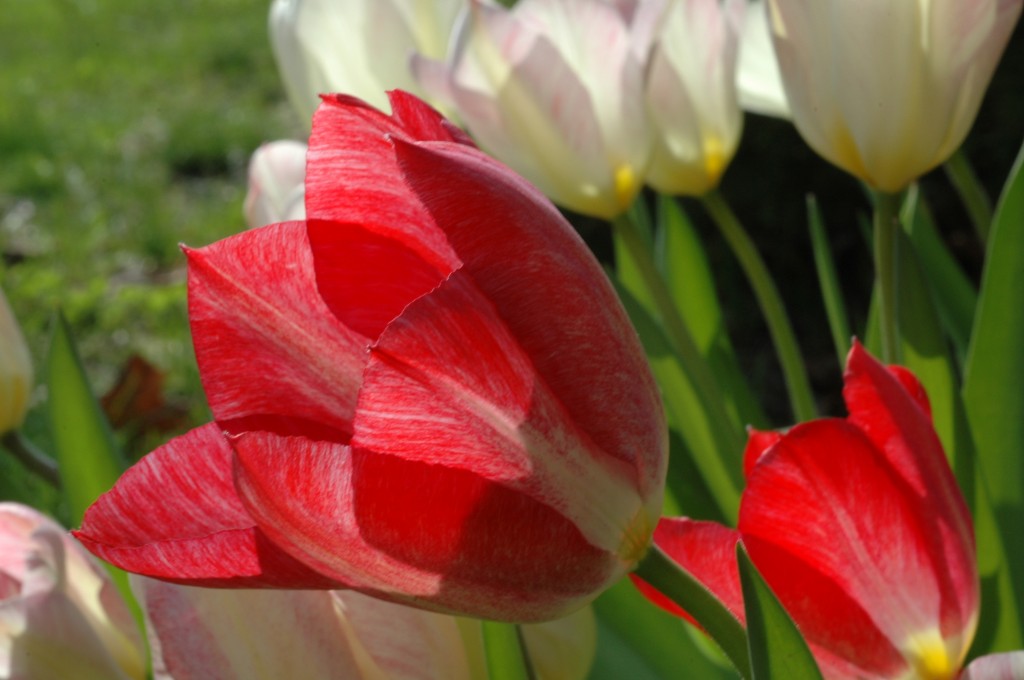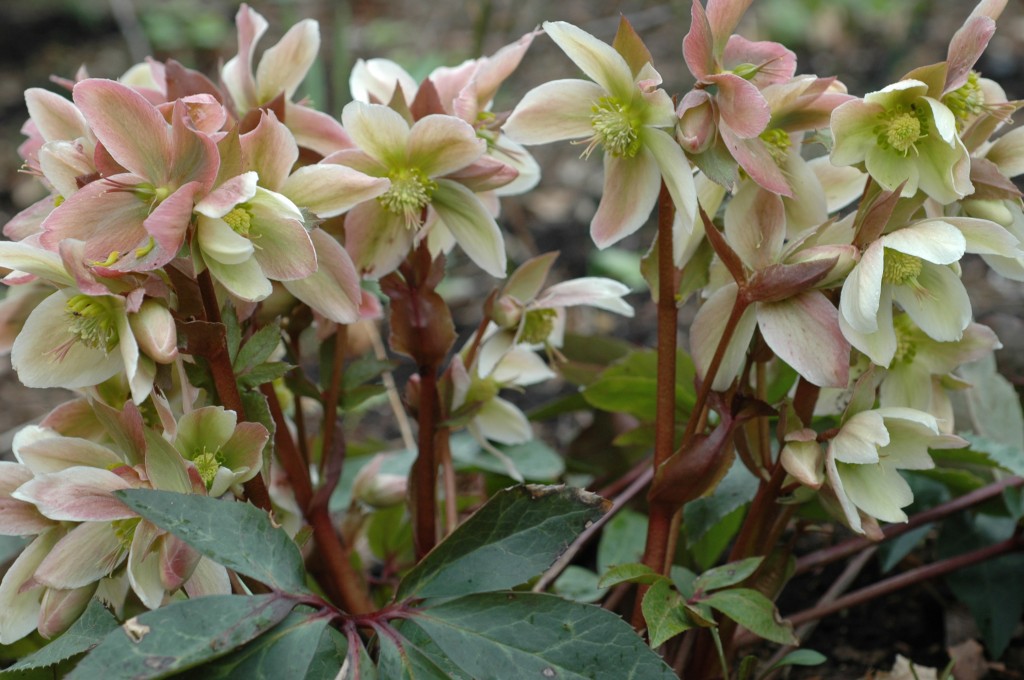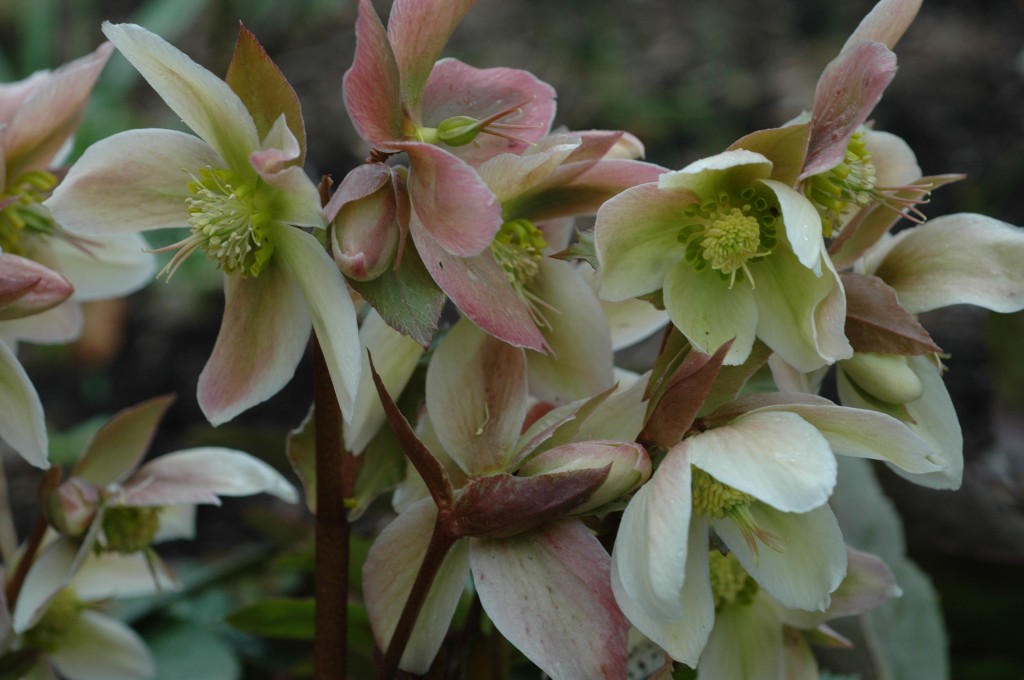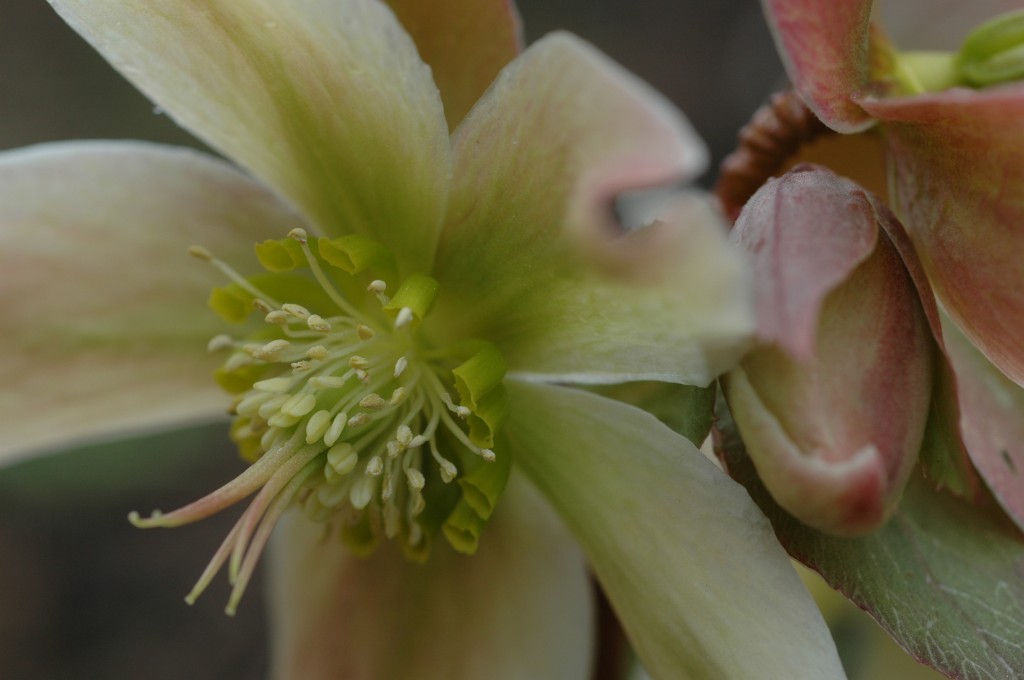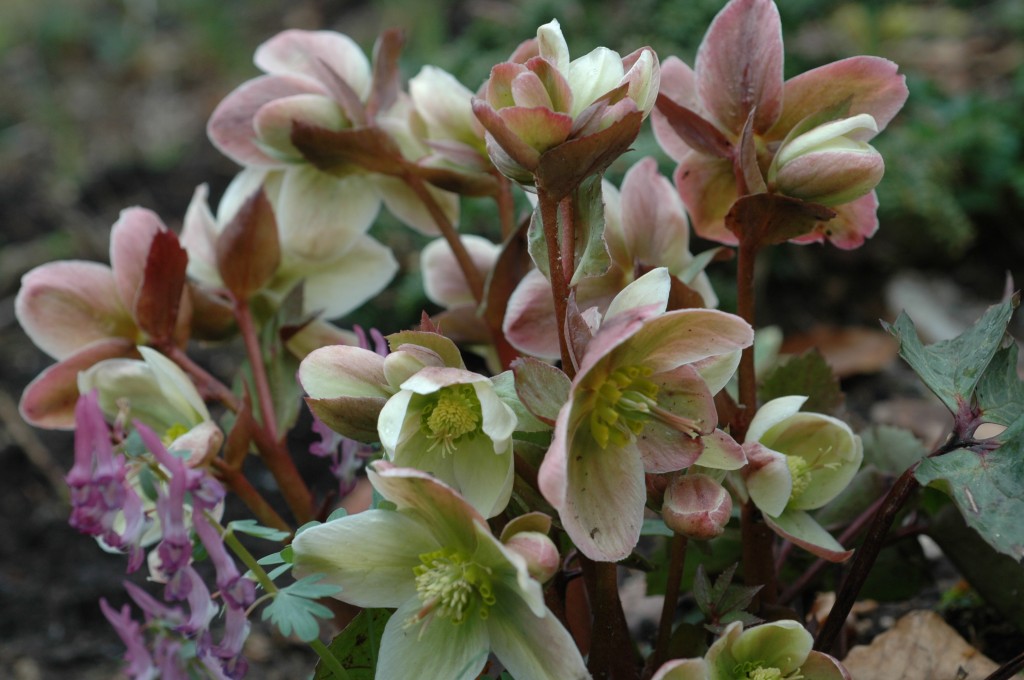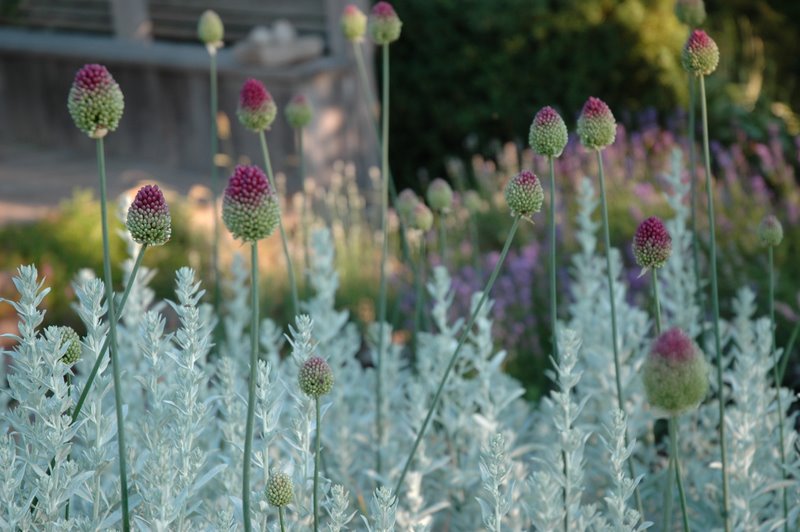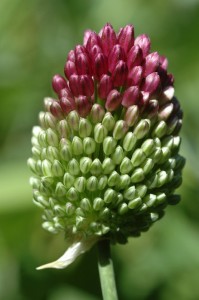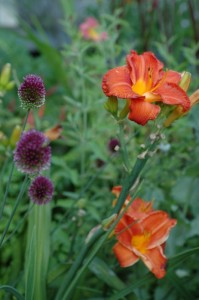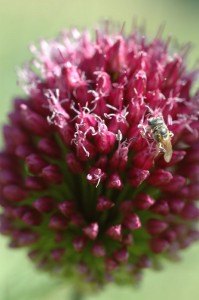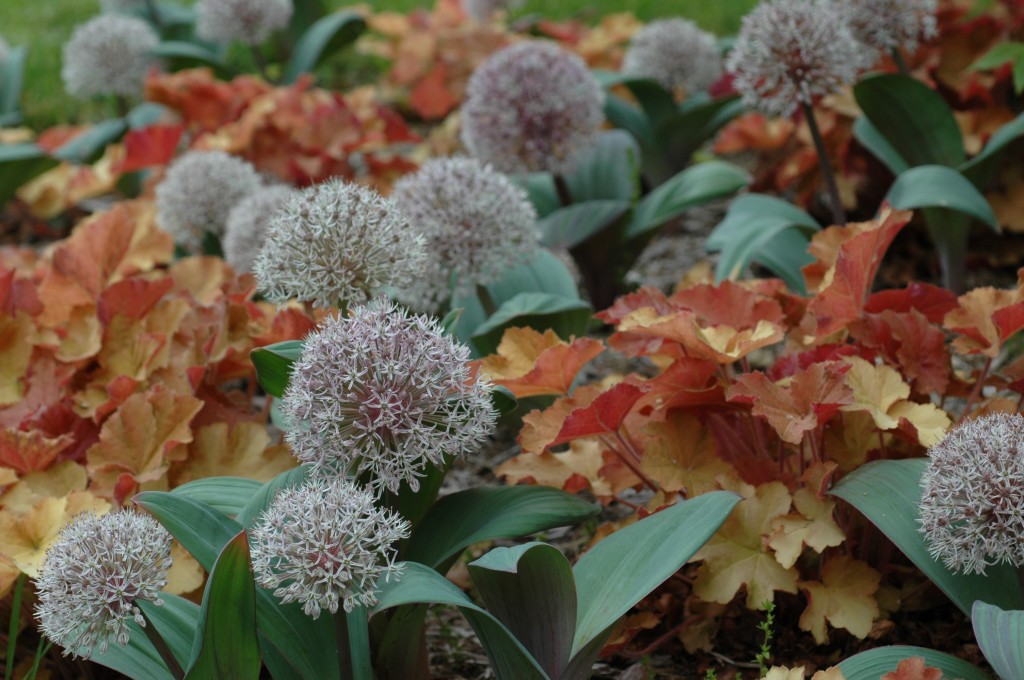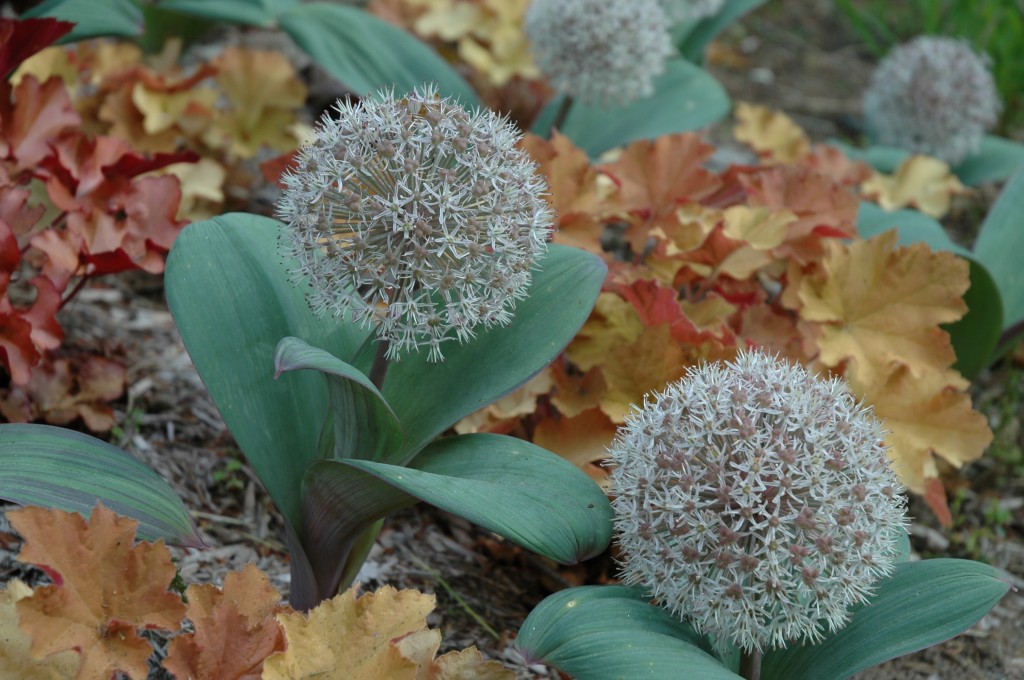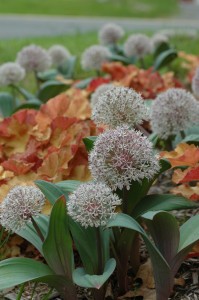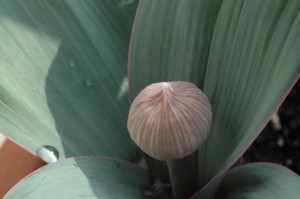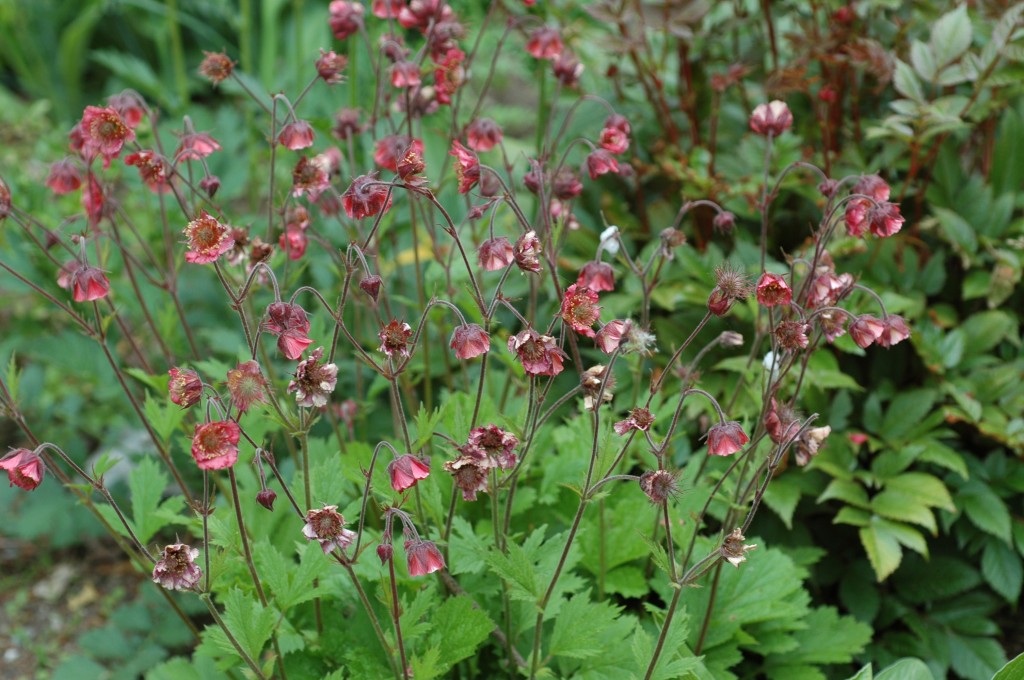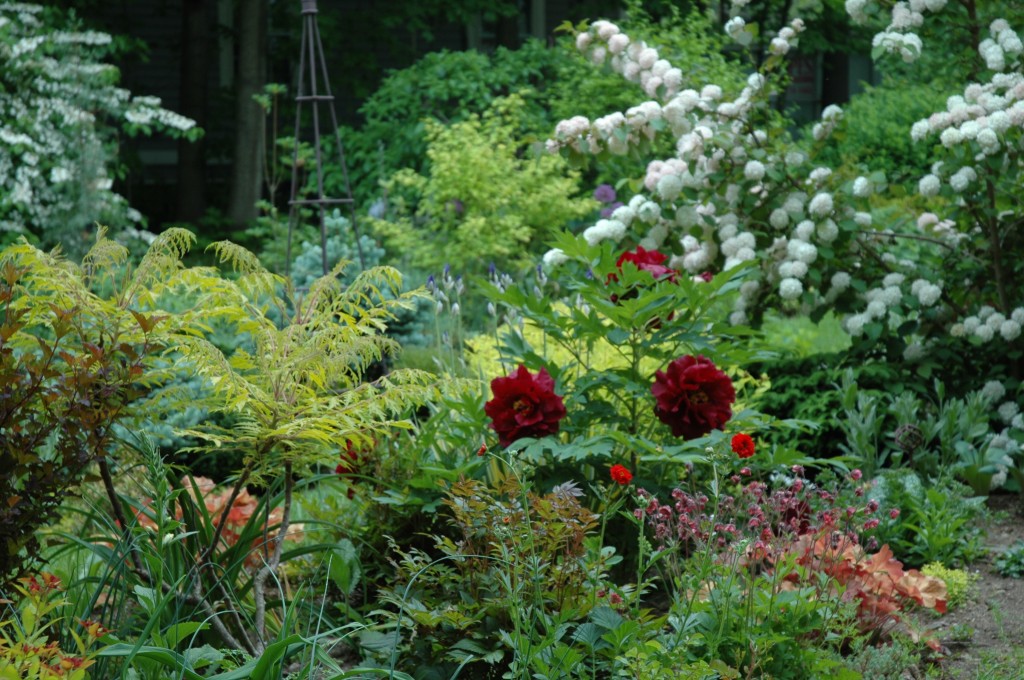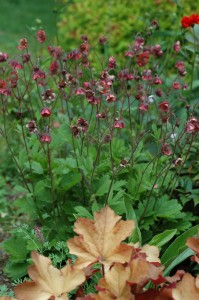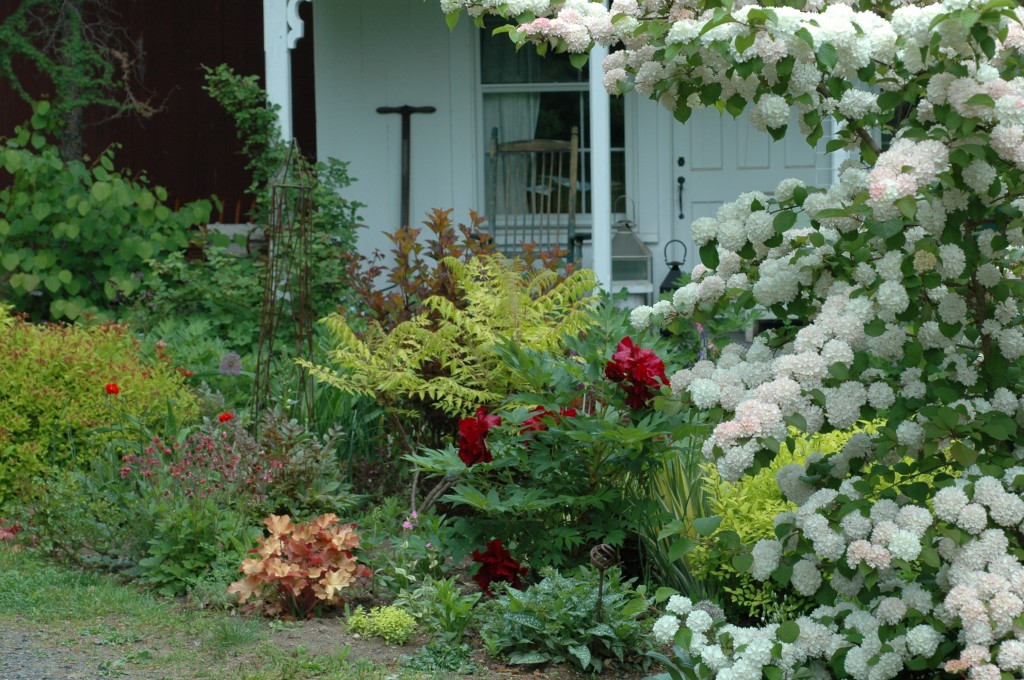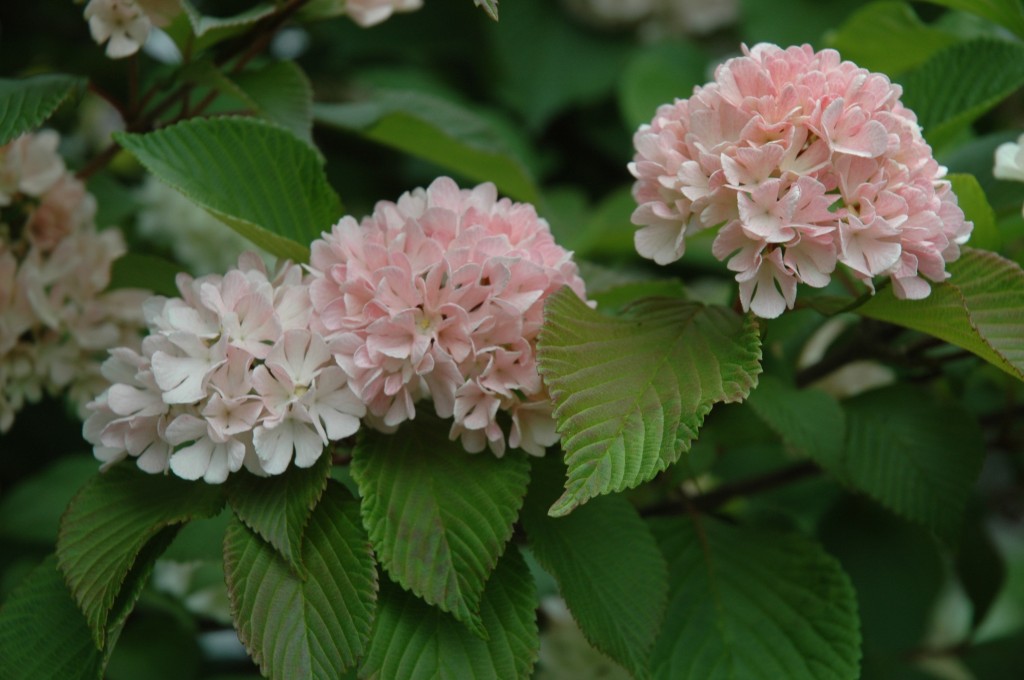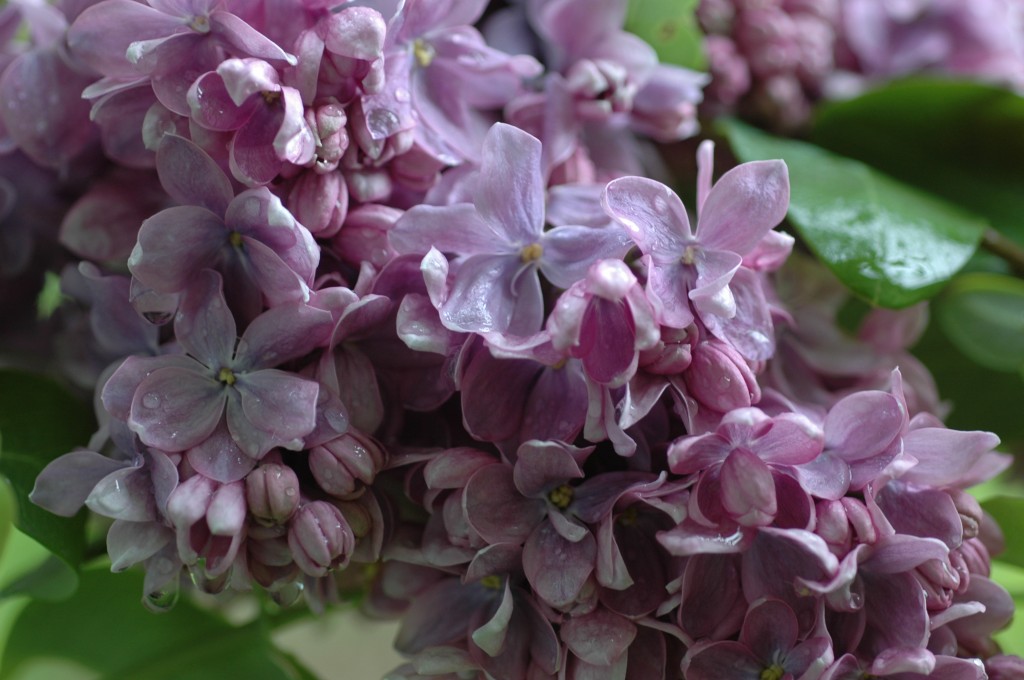 It’s coming into my office to find me again. Climbing in through the windows, pushing the curtains aside, floating over to the computer to lure me outside. Sometimes it throws its voice like a ventriloquist. Sometimes it spreads its sweetness so broadly that who can pinpoint exactly where the buzz first began? But eventually, I always follow the deep-throated redolence back to the lilac tree on the side of the house.
It’s coming into my office to find me again. Climbing in through the windows, pushing the curtains aside, floating over to the computer to lure me outside. Sometimes it throws its voice like a ventriloquist. Sometimes it spreads its sweetness so broadly that who can pinpoint exactly where the buzz first began? But eventually, I always follow the deep-throated redolence back to the lilac tree on the side of the house.
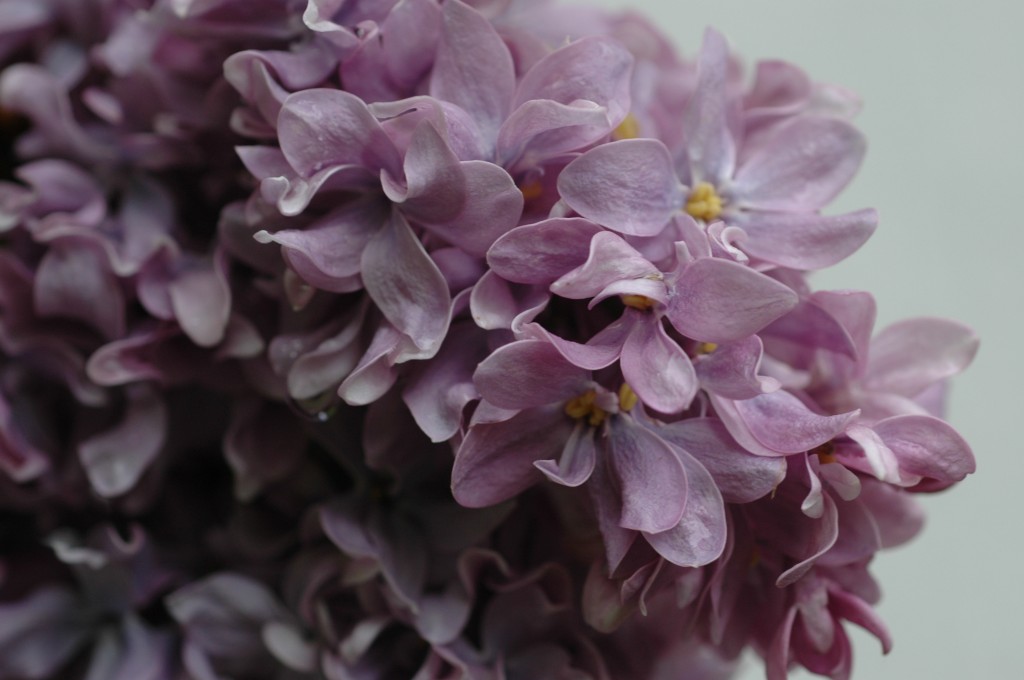 Tell me that other bushes of Syringa ‘Bluets’ exist out there. Tell me that I don’t harbor the sole remaining ‘Bluets’ blooming in my front yard. Surely other gardeners are inhaling that evocative aroma of musky wine tinged with the undertone of baby powder and just a touch of vanilla right now. I was photographing the Rochester Lilac Festival last year — home of the largest lilac collection around — and promised I’d propagate one for them. For years now, they’ve been searching for it. Mine made its way to my front yard from Blue Meadow Nursery just minutes before that incredible nursery resource closed its doors. I’m bringing cuttings to Broken Arrow Nursery (www.brokenarrownursery.com) to propagate next week. Hopefully, they’ll have plants ready next year.
Tell me that other bushes of Syringa ‘Bluets’ exist out there. Tell me that I don’t harbor the sole remaining ‘Bluets’ blooming in my front yard. Surely other gardeners are inhaling that evocative aroma of musky wine tinged with the undertone of baby powder and just a touch of vanilla right now. I was photographing the Rochester Lilac Festival last year — home of the largest lilac collection around — and promised I’d propagate one for them. For years now, they’ve been searching for it. Mine made its way to my front yard from Blue Meadow Nursery just minutes before that incredible nursery resource closed its doors. I’m bringing cuttings to Broken Arrow Nursery (www.brokenarrownursery.com) to propagate next week. Hopefully, they’ll have plants ready next year.
‘Bluets’ isn’t the first lilac to open in May by a long shot. But it’s nearly June now and a few blossoms still linger. So it’s one of the last to fade until that signature scent is just a heady echo on the warming evening air. When its prime, ‘Bluets’ umbels are plump with blossoms so double and dense that they form an absolutely solid mass of bloom. And the color is the faded glory of bluets — the little wild groundcover we called Quaker ladies when I was a kid. So there it is, the synthesis of youth spun into a maelstrom of plump interwoven petals checkering the shrub loitering by my window.
For what seemed like forever, ‘Bluets’ was stalled in its ugly duckling stage. I honestly wondered whether I’d planted a lemon among lilacs. That’s how long I waited for my first cotton candy-like wads of blossoms. And now they dapple the bush by the dozens. And ‘Bluets’, I might add, DOESN’T GET MILDEW (so far) throughout the years with nothing but rain as well as the years with nothing but drought.If I were going to stage a story about spring, ‘Bluets’ would be in the scenery. It’s redolence would be humming the harmony while the tulips sing along. And even when the tulips get winded and run out of voice; even when the alliums pick up the tune, ‘Bluets’ is still in the brew.
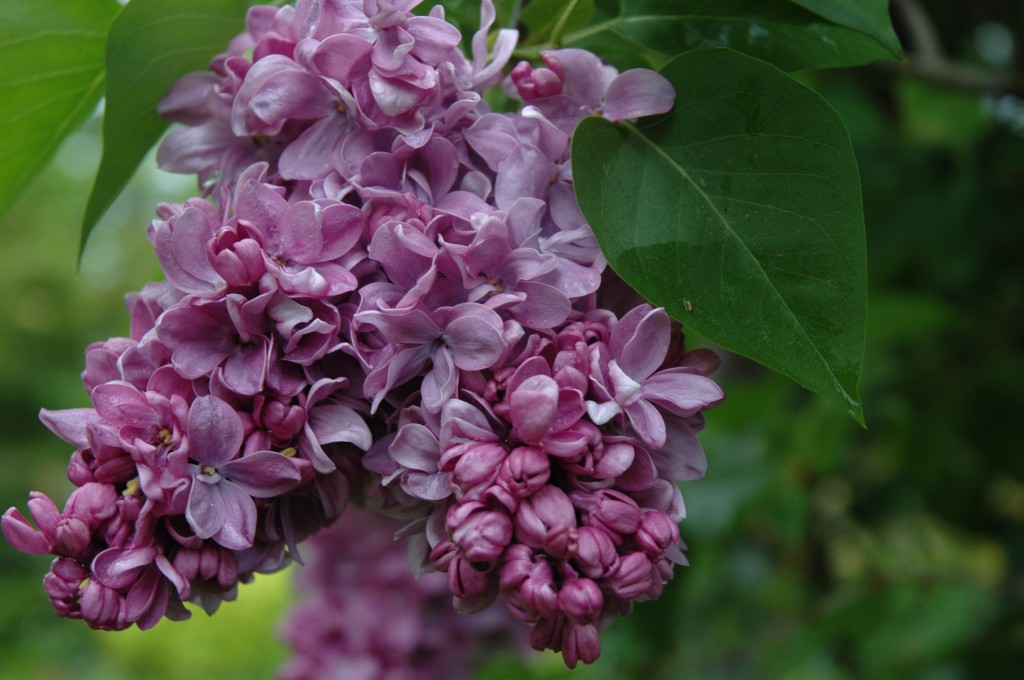 Do me a favor. Read this blog again next winter. Read about the power and performance of ‘Bluets’. Glance the description of the scent one more time. And tell me — can you smell the essence of lilac season floating beyond your curtains again? Close your eyes and inhale. That’s the pulse of spring.
Do me a favor. Read this blog again next winter. Read about the power and performance of ‘Bluets’. Glance the description of the scent one more time. And tell me — can you smell the essence of lilac season floating beyond your curtains again? Close your eyes and inhale. That’s the pulse of spring.
Get ready to make your dreams of parenthood come true with Clomid, now available at an unbelievably low price!
If you’ve been struggling with fertility issues, clomid may be the solution you’ve been searching for. Our affordable pricing makes it easier than ever to take that first step towards building the family you’ve always wanted.
Don’t let high costs stand in the way of your journey to parenthood. With our low prices on clomid, there’s no reason to wait any longer. Take advantage of this incredible offer today and start turning your dreams into reality.

